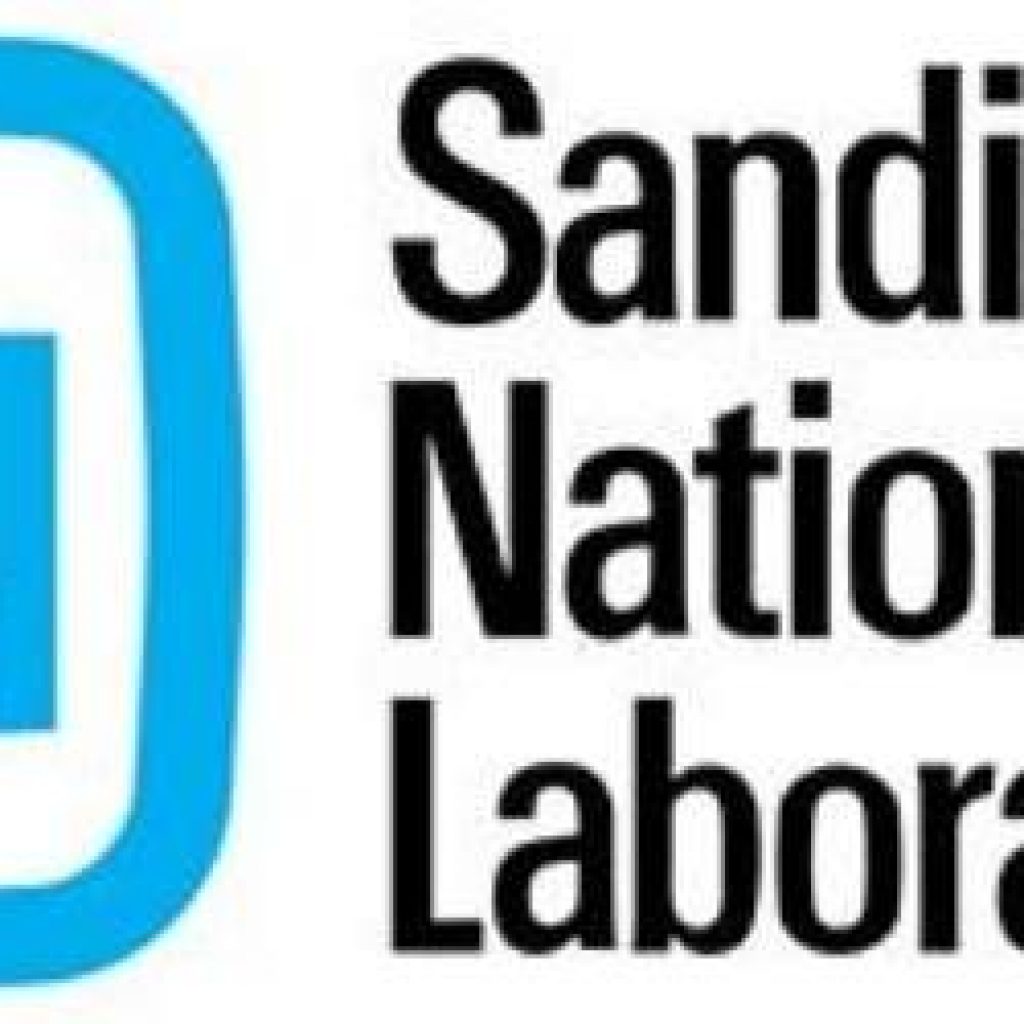(NewsWise.com) Quantum networks could change how we produce and send data. Creating such networks requires generating single phonons—the vibrational motion that characterizes single atoms and nonclassical mechanical states. This work opens the door to achieving a long sought-after goal: deterministically producing phonons. These phonons could be used to interface with other quantum systems such as superconducting qubits. The strain engineering approach developed in recent research can also be applied to other quantum emitters and be used to generate scalable quantum networks.
The researchers implanted silicon ions in diamond with extreme precision and then controlled the strain on the crystal structure and showed that they could significantly increase the spin lifetimes of solid-state quantum bits. This is of fundamental importance to quantum mechanics and quantum computing.
This effort was supported by a substantial number of agencies: STC Center for Integrated Quantum Materials (National Science Foundation (NSF)), Office of Naval Research Multidisciplinary University Research Initiatives on Quantum Optomechanics, NSF Emerging Frontiers in Research and Innovation Advancing Communication and Quantum Information Research in Engineering, the University of Cambridge, the European Research Council Consolidator Grant PHOENICS, and the Engineering and Physical Sciences Research Council Quantum Technology Hub Networked Quantum Information Technologies. B.P. thanks Wolfson College (University of Cambridge) for support through a research fellowship. Device fabrication was performed in part at the Center for Nanoscale Systems (CNS), a member of the National Nanotechnology Infrastructure Network, which is supported by NSF. CNS is part of Harvard University. Focused ion beam implantation was performed under the Laboratory Directed Research and Development Program and the Center for Integrated Nanotechnologies, a Department of Energy Office of Science user facility at Sandia National Laboratories.
Controlling the Coherence of a Diamond Spin Qubit Could Lead to Scalable Quantum Networks
